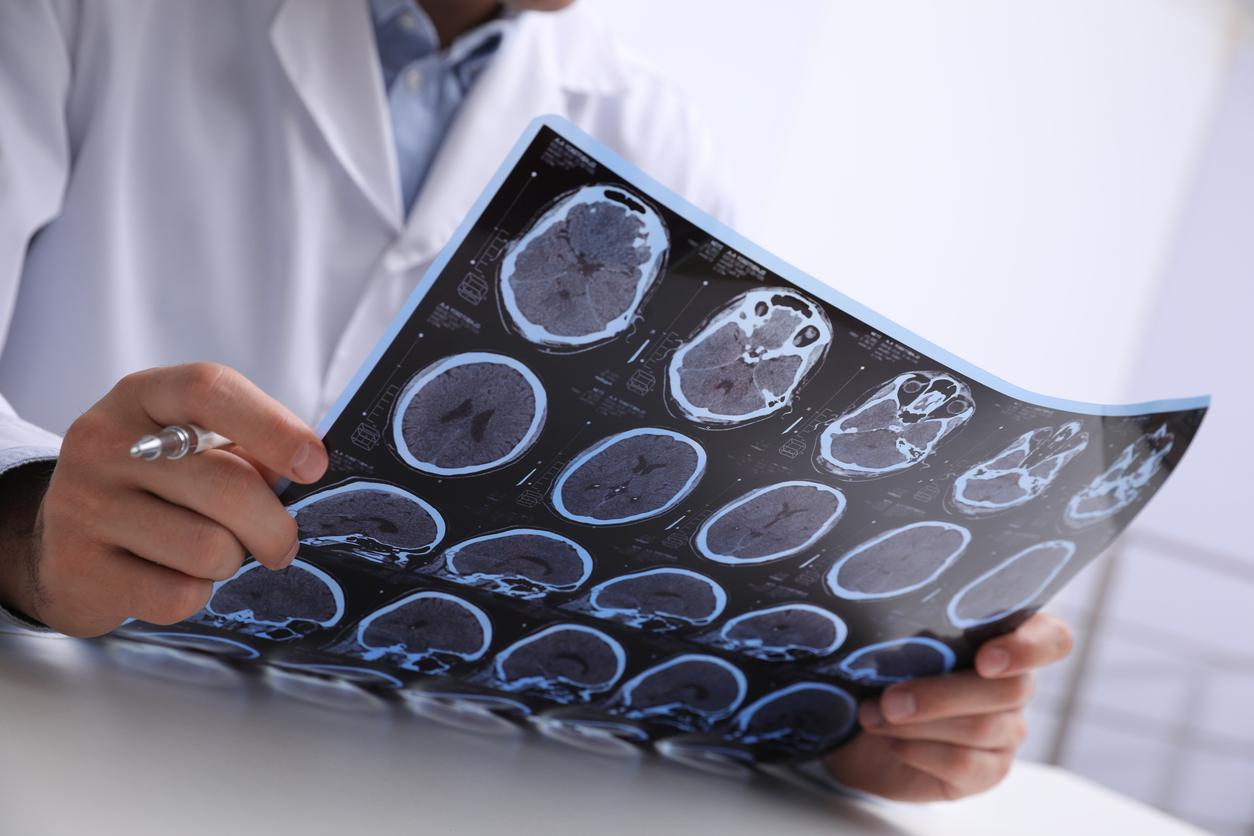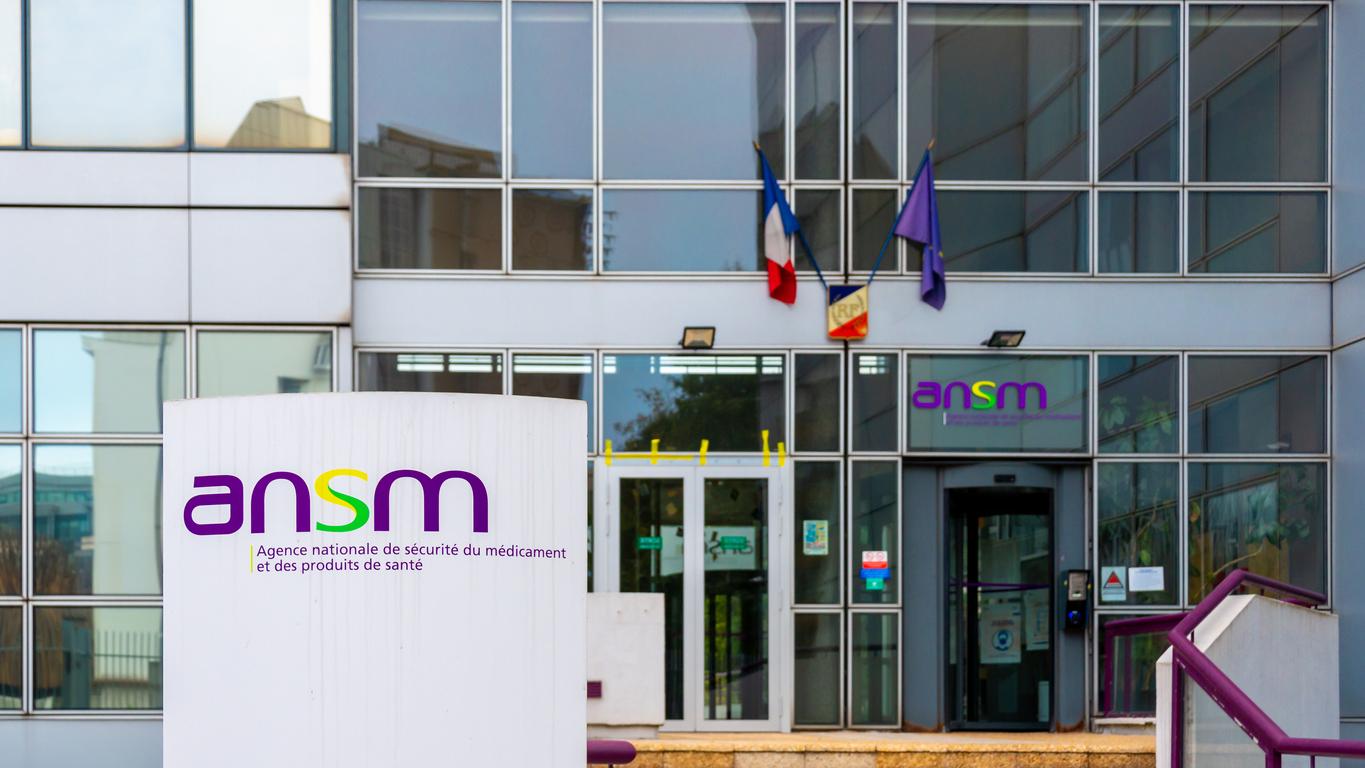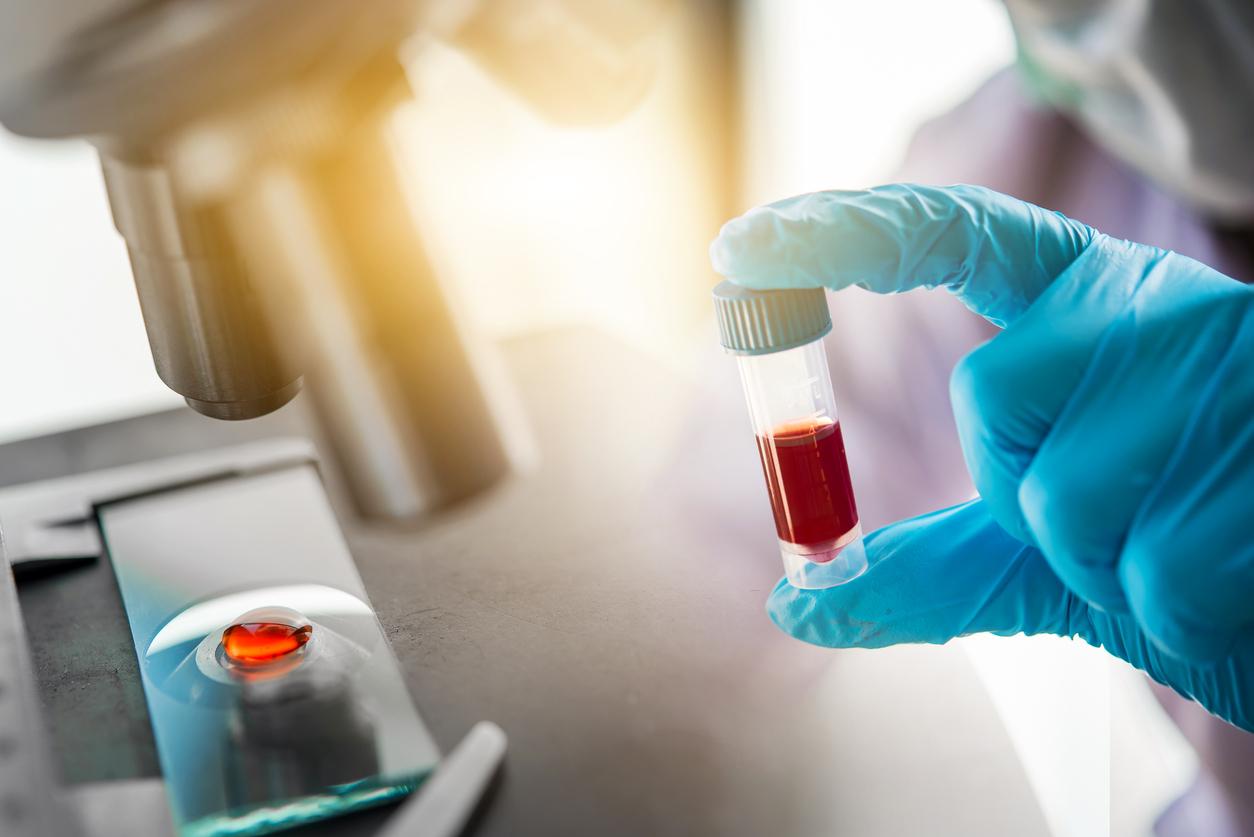The number of liver cancers is expected to explode within 20 years, researchers from the World Health Organization warned this week. How to protect yourself? What are the avoidable risk factors? The writing takes stock.

- Liver cancer is one of the top 3 causes of cancer death in 46 countries – and is in the top 5 in nearly 100 countries.
- In 2018 in France, the estimated number of new cases was 10,580 (77% male), with 8,697 deaths according to Public Health France.
- Certain lifestyle choices reduce the risk of developing the disease.
The number of liver cancers is expected to increase by 55% by 2040, according to a new analysis by scientists from the International Agency for Research on Cancer (IARC), an arm of the World Health Organization (WHO) based In Lyon. The findings, published in The Journal of Hepatology, show that at the current rate, 1.4 million people will be diagnosed and 1.3 million will die of liver cancer in their 20s.
“The majority of liver cancers develop following the appearance of cirrhosis linked to long exposure to toxic compounds (particularly alcohol), infectious agents or rare diseases”, recalls the ARC Foundation for cancer research. Why Doctor details these different risk factors.
Hepatitis B and C: 1st cause of hepatocellular carcinoma
Hepatitis B (HBV) and hepatitis C (HBV) viruses can cause chronic liver infection. This then increases the risk of fibrosis in the patient, then of cirrhosis and consequently of cancer. “For this reason, people with chronic hepatitis B or C are subject to regular medical follow-up”, advances the ARC Foundation.
To prevent this type of infection, it is possible to be vaccinated against HBV but not against HCV. Nevertheless, since these two viruses are transmitted by blood, it is particularly recommended to always wear a condom in case of risky sexual intercourse, not to share any equipment used for drug use (nor any other sharp equipment and hygiene such as razors or toothbrushes) and not to get tattooed or pierced at a street vendor.
Alcohol consumption increases liver damage
Another preventable risk factor for liver cancer is alcoholic beverages. “Alcohol consumption leads to an accumulation of fat in the liver, then the formation of lesions which progress to cirrhosis.“As soon as consumption exceeds one drink per day, the risk increases linearly. In France, chronic alcoholism is the main cause of liver cancer.
Repeated exposure to certain substances toxic to the liver
Smoking increases the risk of developing many cancers, including liver cancer. Other chemical or natural compounds can also prove to be toxic for the organ. This is particularly the case of “aflatoxin B1 which is produced by a fungus of the Aspergillus type and which proliferates in corn, peanuts or even cotton seeds, grown in hot and humid countries in Asia and sub-Saharan Africa”; and anabolic steroids used by some athletes to increase muscle mass.
Fatty liver disease, constantly increasing in the world
Non-alcoholic fatty liver disease (NAFLD), or fatty liver disease, is an accumulation of triglycerides in hepatocytes (liver cells), associated with inflammation of the organ. This chronic disease concerns more than 200,000 people in France, according to Inserm. Treatments can slow the disease, but the inflammation is not cured and gets worse over time, causing 80% of non-alcoholic cirrhosis.
Several metabolic imbalances can cause excess fat in the liver: diabetes, overweight or obesity. Recently, a study also showed a causal link between non-alcoholic fatty liver disease and overexposure to PFAS. These perfluoroalkylated and polyfluoroalkylated chemical substances would thus be at the origin of the increase in cases of fatty liver disease in the world. They are found in food packaging (pizza boxes, popcorn cartons and other waxed paper), non-stick pans, but also in some cosmetics, clothing (especially those used outdoors) and DIY products ( paints, varnishes, etc.).
Hereditary hemochromatosis which leads to excessive iron storage
Hereditary hemochromatosis is a genetic condition that increases the storage of iron circulating in the blood by the liver, leading to an overload of the organ. “This long-term excess iron causes inflammation of the liver which, if left untreated, can lead to cirrhosis and cancer.”, alert the National Cancer Institute. When the disease is detected and treated, it generally does not lead to complications.


















